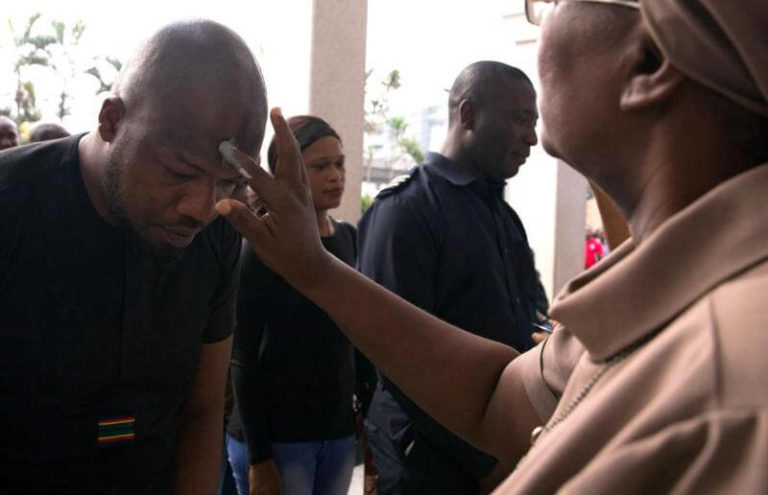I have a great love and appreciation for visual arts. Every now and then, I pick up and read a fun, creative little book called “101 Things I learned in Film School” by Neil Landau, the famous screenwriter and filmmaker. It is basically a book on how to make a good film. As I was reading it this past week, I found some of the advice to be great wisdom for the beginning of our season of Lent.‘Start Strong’
In filmmaking, Landau says the opening image should “suggest a movie’s central theme and prompt intrigue as to where it is headed.” He ads that the opening image not only points forward to the theme and story to unfold, “it can [also] reveal back-story.”
“An opening shot of a boarded-up, tumbleweed-strewn town may depict desolation…While a flower on a cactus at the edge of the frame suggests the possibility of renewal.”
The readings we hear today on Ash Wednesday reveal the “back-story” of our Christian faith. In the time of the prophet Joel, the people were suffering intensely because of a large plague of locusts that were destroying their crops. It was a time of sincere desolation. The prophet interpreted the plague as not only as a punishment for sin, but also as a warning that God would come one day in judgment. So, what does he do? He calls the entire people, young and old, to repentance: to pray, to fast, to give and to “rend your hearts not your garments.”
Our beginning this Lent, with this prayer, is our way to “Start Strong.” The fast we will offer this day and hopefully continue through Lent is our way of offering God our repentance for our sins, personally and communally. And if one finds that he or she has the courage to sacrifice and add fasting to one’s prayer, that person will find more grace and strength to fight against sin, particularly sins of the flesh, and will find more clarity and ease in their prayer and joy in their spiritual life. So…“start strong.”
‘Show, don’t tell.’
What “Show, don’t tell” means for a filmmaker is this: Since film is primarily a visual medium, “almost everything that needs to be communicated about a story and its characters is better shown than explained. Visual cues, when well-conceived, will demonstrate the unseen” (he uses the examples of inner psychology, hidden histories, and emotional conflicts.) So, I’ll repeat that quote: “Visual cues, will demonstrate the unseen.”
What we receive on our foreheads, an imposition of ashes in the sign of a cross, is something most visible. If I or the deacon “get you good” today with a large thumb of ashes, you might even get comments from your friends or your co-workers (we will do our best!)
But the sign we will receive today is not for purposes of vanity, but rather is a “demonstration of the unseen.” That God is real, that Jesus is alive, the Spirit is present. The sign of a cross shows the “back-story” of salvation history, but it also points forward.
It is a stark reminder of the reality of death — that one day we all will face death, and then come face to face in judgment before God. Lent is our time to acknowledge and reflect on this reality.
So, let us “start strong” and “show God” to the world and those around us, and give a demonstration of the unseen by being Christlike in our lives and in our love.
Lent isn’t easy. If we do Lent “right” it’s not meant to be. And some may see the season of Lent as the desolate town in tumbleweeds. Instead, may our Lent be one of hope — like the cactus, an image of the Cross, that our Easter may be the lily, the flower that blooms from it.



